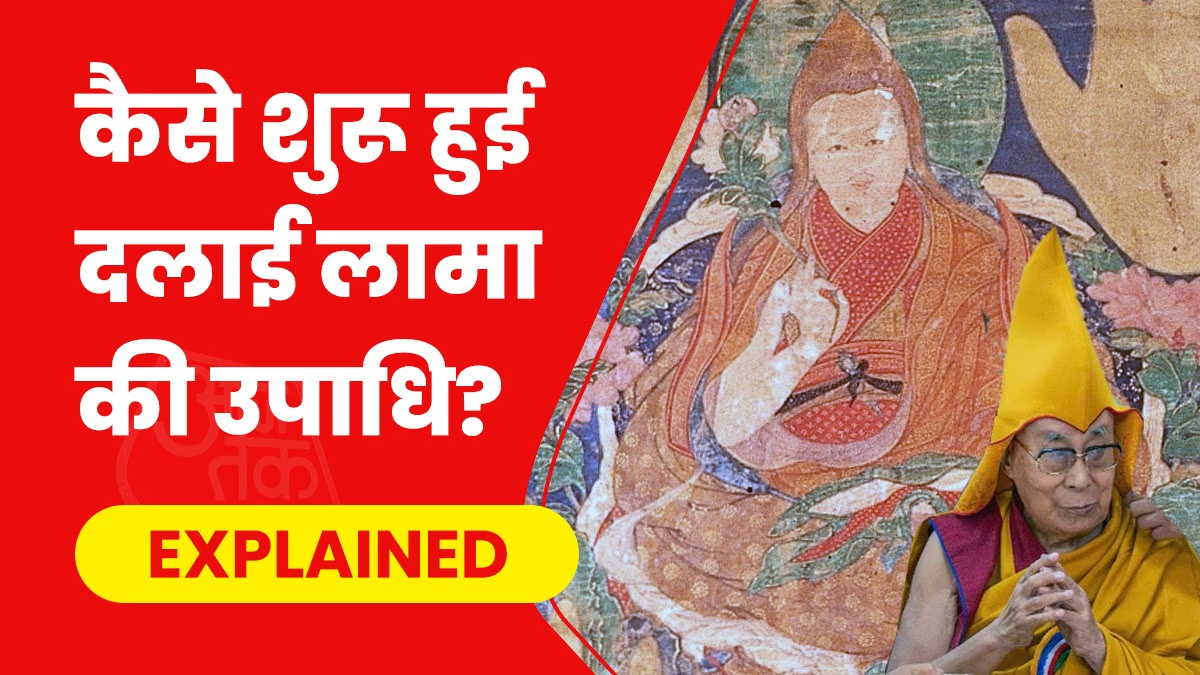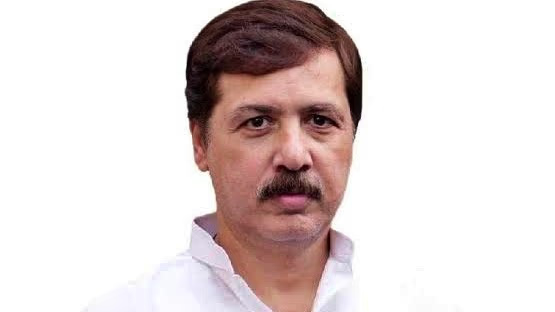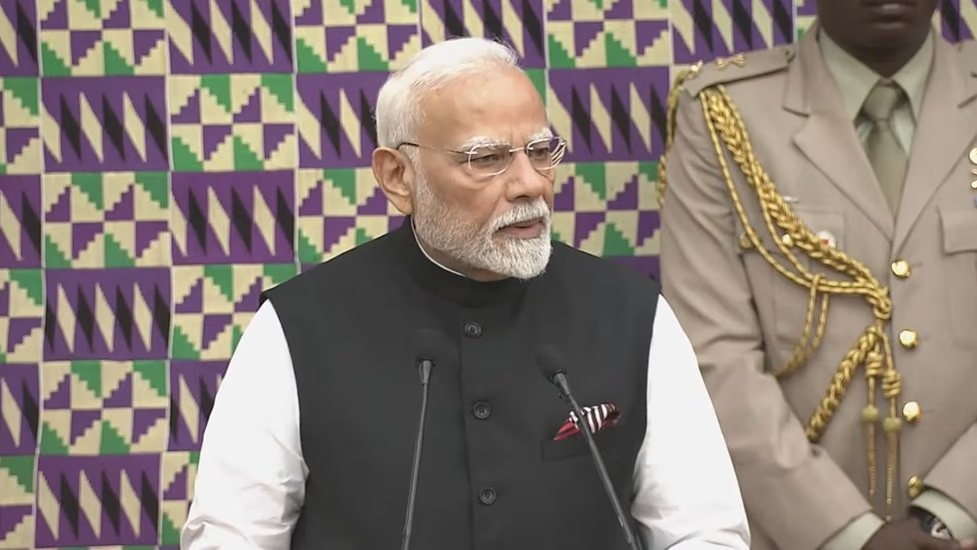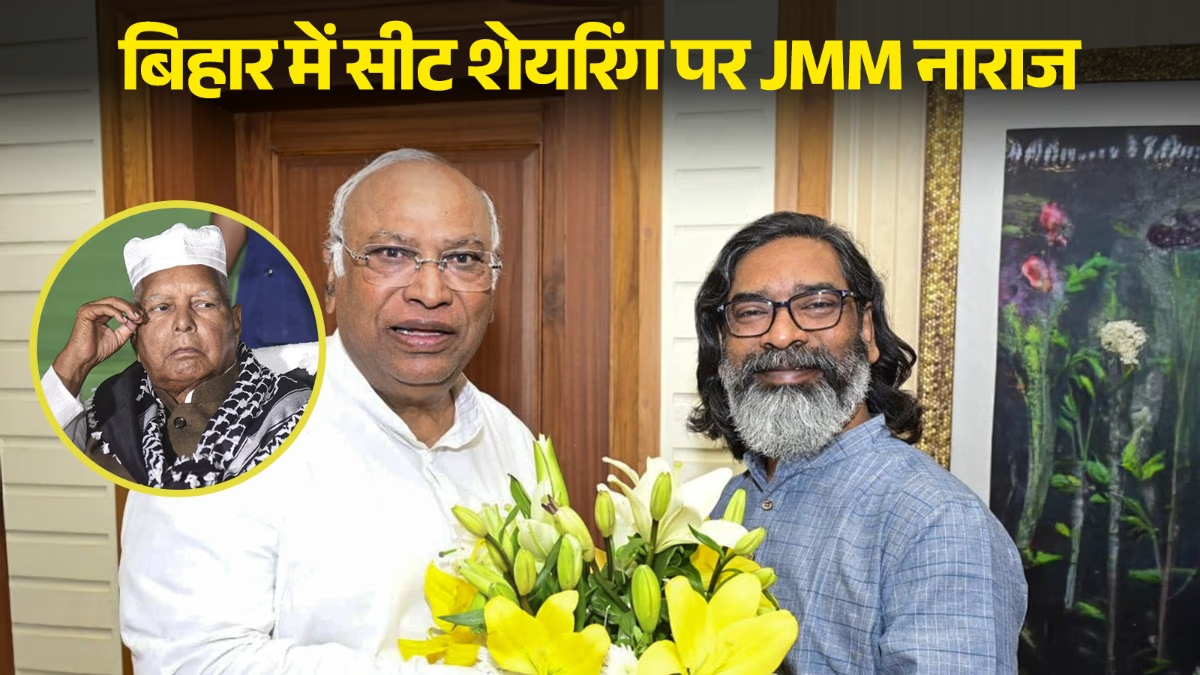On July 6, the esteemed Tibetan spiritual leader, the Dalai Lama, will mark his 90th birthday. Yet, even before this momentous occasion, the debate over his succession has sparked renewed interest. China insists that any future successor must receive its approval, adding a new chapter to the longstanding tensions between China's ruling Communist Party and Tibetan Buddhism, and the esteemed lineage of the Dalai Lama.
What Does 'Dalai Lama' Signify?
To grasp the essence of this entire dispute, it is vital to delve into the meaning, history, and origin of 'Dalai Lama.' The term 'Dalai Lama' translates to 'Ocean of Wisdom'—likely named for their profound knowledge and philosophical insights. Altan Khan, a Mongol chief, bestowed this title upon the third Dalai Lama, Sonam Gyatso, in 1580.
The Significance of the Title: Who Were the Early Dalai Lamas?
In that era, the title embodied spiritual and political alliance. Although Gedun Drupa, born in 1391, was posthumously recognized as the inaugural Dalai Lama, he never bore the title in his lifetime. Sonam Gyatso's two predecessors were acknowledged posthumously, setting the foundation for the Dalai Lama lineage. Initially religious leaders of the Gelugpa sect, by the 17th century, the Dalai Lamas had become the supreme spiritual and political leaders in Tibet.
According to Tsipon W.D. Shakabpa in his comprehensive tome, "Tibet: A Political History," understanding the origins of the Dalai Lamas entails a return to the 15th century. Gedun Drupa, the first posthumously recognized Dalai Lama, was born in 1391 in Shabtod, Tsang. He took his initial monastic vows at Narthang Monastery in 1405 under Truppa Sherab, embarking on the first phase of his monastic life.
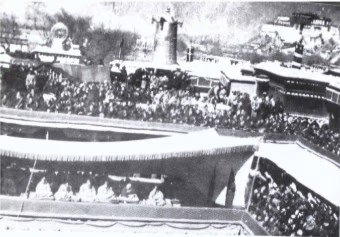
Source: aajtak
Shakabpa records that in 1447, with financial backing from Dargyas Pon Palzang, Gedun Drupa established the Tashilhunpo Monastery in Shigatse. He passed away in Tashilhunpo in 1474 at age 84. The following year, Gedun Gyatso was born in Tanag Sekme, Tsang. Recognized as the reincarnation of Gedun Drupa, he was posthumously acknowledged as the second Dalai Lama.
Founding of Chokorgyel Monastery
In 1509, Gedun Gyatso founded Chokorgyel Monastery, located about 90 miles southeast of Lhasa. This was home to a lake, where reflections were believed to foretell future events, including revelations about the reincarnations of the thirteenth and fourteenth Dalai Lamas.
Who was Altan Khan?
Gedun Gyatso passed away at the age of 65 in Drepung monastery in 1542. The historical link between Tibet and Mongolia arose due to the profound connection of Sonam Gyatso, the third Dalai Lama, and Altan Khan, leader of the Tumat Mongols. Altan Khan aimed to strengthen ties with Tibetan Buddhism, convincing Sonam Gyatso to visit Mongolia in 1577, where he imparted Buddhist teachings, ultimately leading to Altan Khan's conversion to Buddhism. In gratitude, Altan Khan awarded Sonam Gyatso the title 'Dalai Lama,' meaning 'Ocean' in Mongolian, a nod to his extensive wisdom. This event intertwined the fates of Tibet and Mongolia, influencing the spiritual and political landscape of the region for centuries.
As Shakabpa illustrates, "A year later, Sonam Gyatso was born near Lhasa in Tolung. He was believed to be the incarnation of the late abbot Gedun Gyatso from Drepung Monastery. Sonam Gyatso studied at Drepung, taking his final vows from Sonam Drakpa. In 1559, Nedong Gongma invited Sonam Gyatso to Nedong, appointing him as personal tutor and bestowing a special seal used with red ink, reserved exclusively for the most significant figures.
Altan Khan's Invitation to Mongolia
Altan Khan invited Sonam Gyatso to visit Mongolia, but initially, the revered Lama declined. A few years later, Khan dispatched a grand delegation with camels and horses to Tibet, renewing his invitation. This time, the Lama agreed, departing from Drepung on the twenty-seventh date of the eleventh month of the Fire-Ox year, 1577.
As Sonam Gyatso journeyed north, approximately 90 miles from Lhasa, monks from the three major monasteries, representatives from Nedong Gongma, and various nobility bid him farewell. He embarked on a program of religious education for Khan and his followers, at times preaching in open assemblies to vast audiences. Altan Khan embraced Buddhism wholeheartedly."
16th Century: A Period of Mongol Reforms
In the 16th century, Mongol ruler Altan Khan adopted the teachings of Sonam Gyatso, fostering moral conduct and spiritual discipline among Mongols, Tibetans, and Chinese people in his domain by implementing the ten precepts of Buddha. He reformed traditional funeral practices, outlawing the sacrifice of wives, personal servants, horses, and livestock alongside the deceased. Instead, animals could be offered to monasteries and Lamas with consent, while families could request prayers for the departed in return.
Violators of these reforms faced severe consequences, including execution or property confiscation. Anyone harming a monk or Lama was subject to harsh penalties. These reforms promoted social harmony and integrated Buddhism into the Mongolian regime, leading to a cultural shift toward compassion and respect for life.
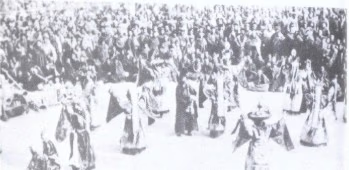
Source: aajtak
How the Title 'Dalai Lama' Was Bestowed
As Shakabpa narrates in his book, following these developments, Sonam Gyatso (the third Dalai Lama) was conferred the title 'Dalai Lama,' signifying the vastening span of his spiritual and intellectual authority. He was also honored with the 'Dorje Chang' (Vajra Holder) title, accompanied by a seal emblematic of spiritual power. In return, he conferred upon Altan Khan the title 'Religious King, Brahma of the Gods' and foretold that Khan's descendants would ascend as rulers of Mongolia and China within eighty years. This alliance established the Thechen Chonkhor Monastery, symbolizing the Buddhist epicenter and a testament to Tibetan-Mongolian relations. This union catalyzed the spread of Tibetan Buddhism throughout Mongolia and China.
Recognition of the Dalai Lama's Spiritual Potency
The site where the Dalai Lama preached and exchanged titles and gifts is revered and consecrated today. Proposing to establish a monastery, altan Khan agreed to finance the project, leading to the christening of the site as the Thechen Chonkhor Monastery. At this consecrated site, numerous Mongol tribal leaders and some Chinese dignitaries, having heard of the Dalai Lama's spiritual prowess, extended invitations for him to visit their territories.
